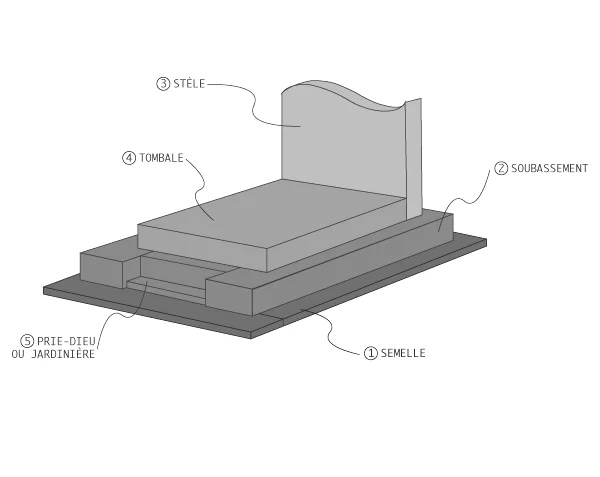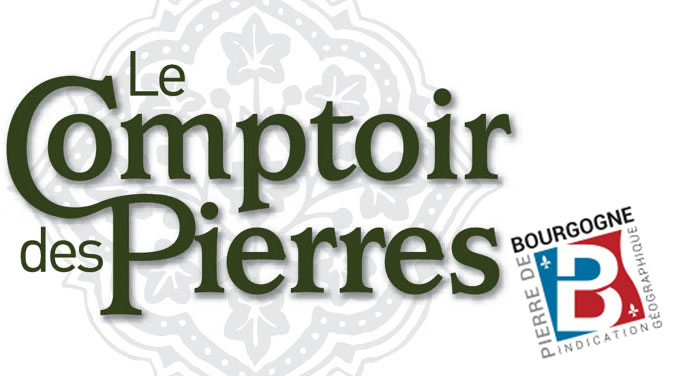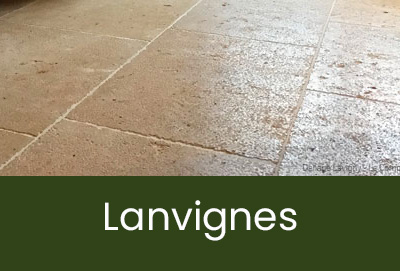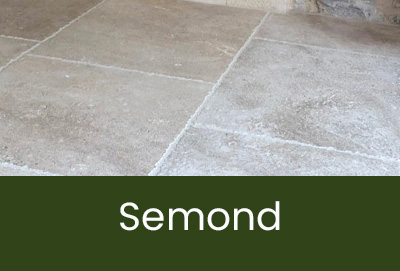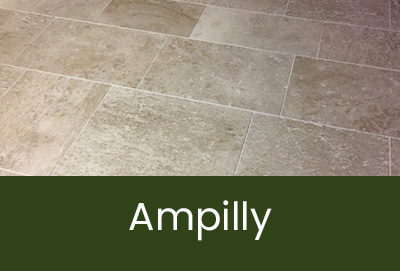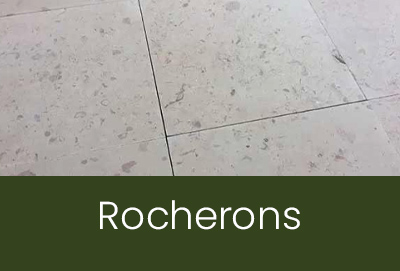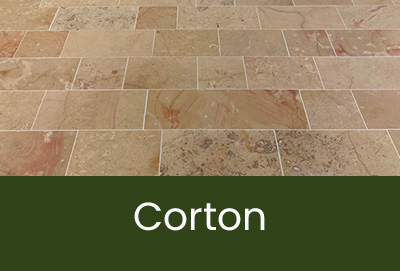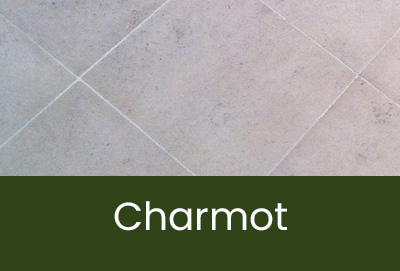Funerary Monument: Definition and Composition
What is a funerary monument ?
A funerary monument covers the surface of the vault or the grave in the ground (in this case, a foundation will be necessary to support the structure).
This monument identifies the burial site of the deceased and facilitates family remembrance, especially when the monument aligns with the life of the deceased (type of stone chosen, shape of the monument, epitaph, references to happy moments, etc.).
Monuments vary depending on religion (Christian, Muslim, or Jewish), the country of burial, and even the specific municipalities and cemeteries (different legal or technical constraints). Although certain requirements govern the design of the funerary monument, there are many choices available for the family, and the terms used by professionals are not always meaningful. Thus, our goal is to help you better understand this domain.
The term "funerary monument" is used in the context of a burial, while the term "cremation monument" is used in the context of a cremation. In this case, the monument is simpler, with only a tombstone (of reduced size) and a stele.
The elements composing the funerary monument
Funerary monuments are composed of several elements (see diagram below) : soleplate, plinth, kneeler, planter, base, stele, gravestone. Not all of these elements are necessarily present in every burial plot. Here is the role of each :
The soleplate marks the perimeter of the plot and defines the boundaries of the area. This base provides stability for the monument. The soleplate is often mandatory, especially in the Île-de-France region. It can be flat or water-reversed.
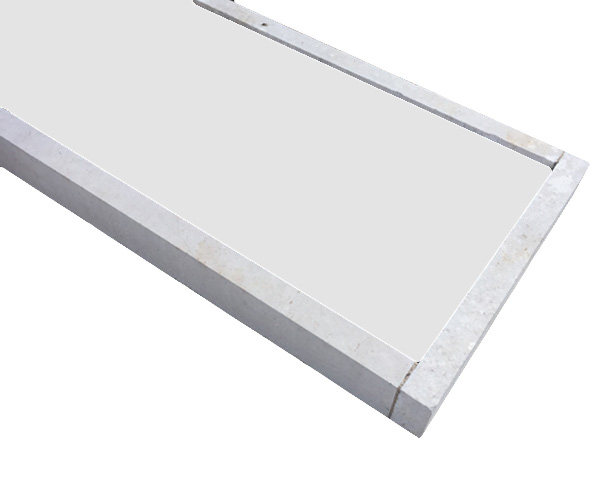
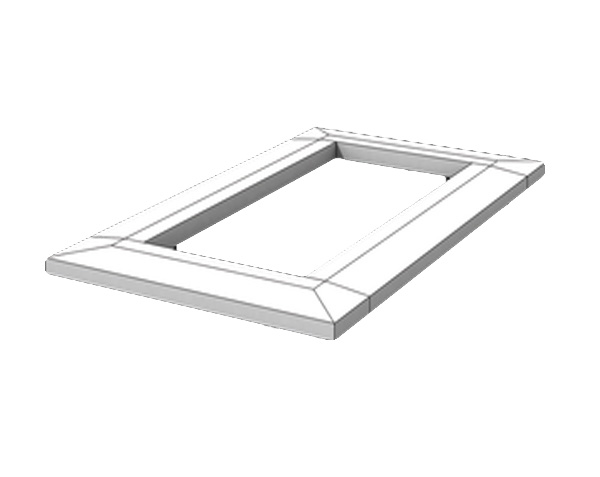
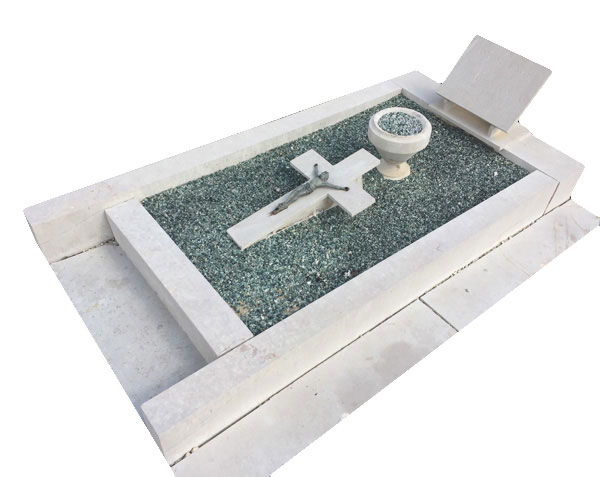
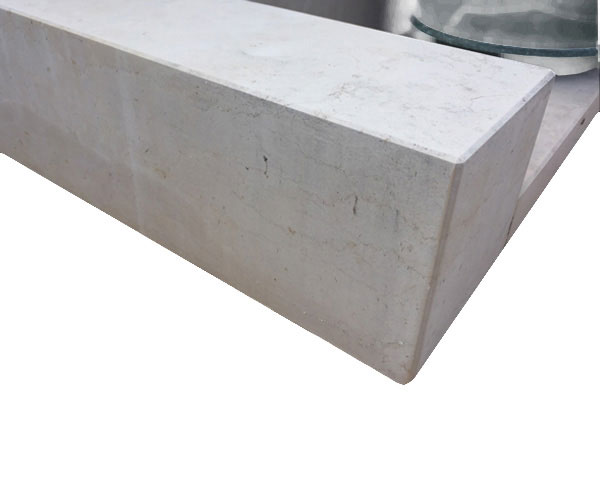
Blocks of stone, 15 to 20 cm high (either monolithic or in multiple pieces), that support the gravestone. During fabrication, we can include a kneeler, a step, or a space for a planter. The most traditional designs are known as the 4-piece or 5-piece kneelers. This plinth also elevates the stele and adds volume to the monument. Side pieces are also referred to as "long pieces" or "side rails," and the front and back sections under the base and stele are called "closoirs."
Vertical part that typically accommodates engravings or epitaphs. The shape, ranging from modern to classic, is unique to each family. This part of the monument is usually the most customizable. We can create cutouts on the underside and also on the base to assemble and seal the two pieces with metal dowels (which we provide).
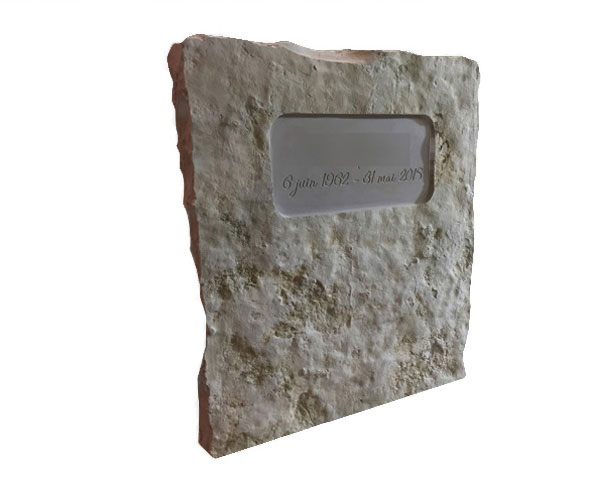
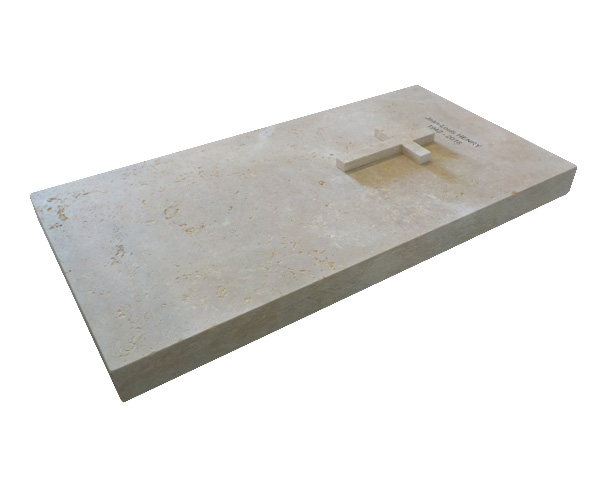
Horizontal part that covers the funerary monument (resting and generally aligned with the plinth). If the height of the gravestone is significant (more than 10 cm), the plinth is not necessary; the slab (the "tombstone") will be placed directly on the base. Conversely, the gravestone is not present on all graves : the space between the plinths (or surrounding structure) will then be filled with pebbles or plants in the ground. This is particularly the case for Muslim funerary monuments where the body should only be covered with earth. In terms of shape, the gravestone can be flat, sloping, or pool-shaped.
The prie-Dieu or planter is located at the end of the gravestone. They are not always present and their inclusion depends on religious orientations and aesthetic preferences for the planter. The planter can be integrated directly into the gravestone. The term "prie-Dieu" has given its name to monument designs : 4-piece or 5-piece prie-Dieu styles.
Baseboards : Vertical pieces that dress the vault or the foundations if they are visible under the base. These baseboards can be only on the front or on all four sides.
